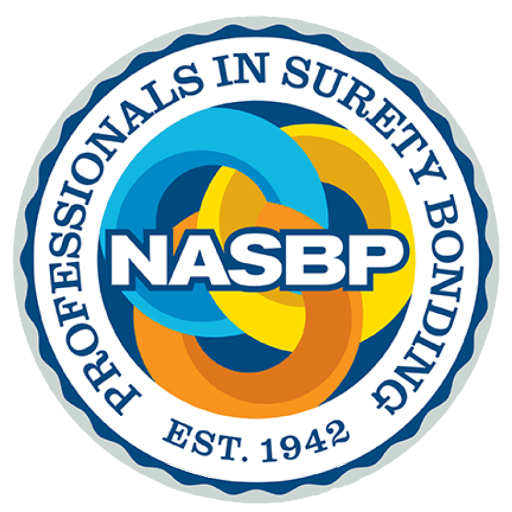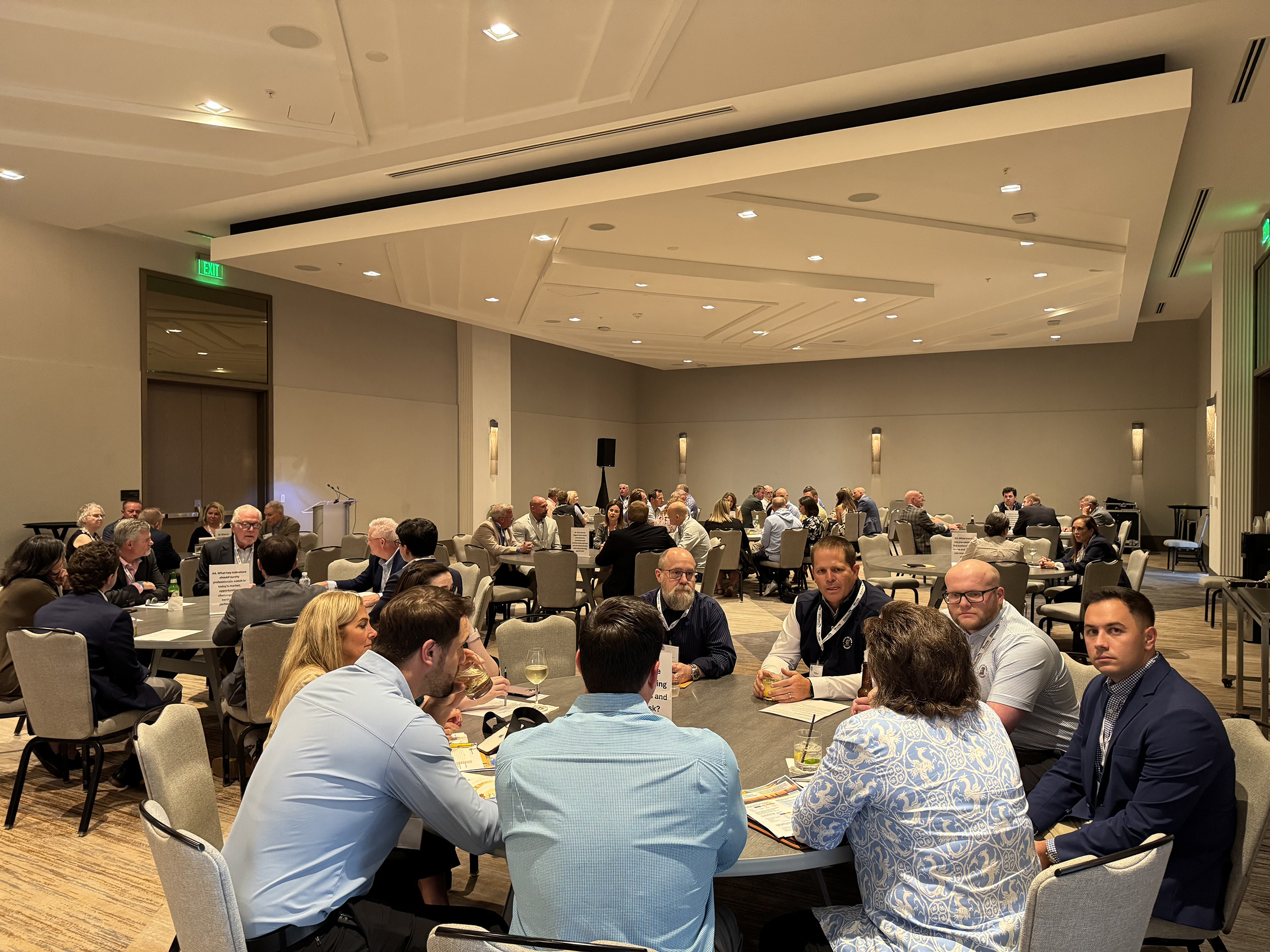
A Primer on Dispute Resolution Options in the Construction Industry
Introduction
From time to time, I receive interesting questions about various dispute resolution options in the construction industry. What is the best dispute resolution option for stakeholders in the construction industry? Should the contractor agree to arbitrate or to litigate? What is the least expensive option for contractors and sureties? Why should a contractor agree to mediate a dispute if the resolution is a voluntary agreement among the parties? Why should a contractor retain and pay for an attorney if he is just going to mediate the dispute? If one party is better capitalized than the others, why doesn’t he just run the other parties into the ground in litigation? These are some of the very good questions that contractors, subcontractors, bond producers and allied professionals should ask about dispute resolution options.
It is no secret that disputes and claims are common in the construction industry. And while contractors should use various methods to prevent disputes, such as proper risk allocation in the contract and a detailed definition of the project scope, construction disputes are simply an unfortunate part of doing business. These disputes are not surprising, as a construction project is a complex organism, with many components, including plans and specifications (and changes), materials, tools, equipment, and personnel working for architects, engineers, contractors, subcontractors, and suppliers. When construction disputes are not resolved in a cost-efficient and timely manner, they can be very costly in terms of time, emotional energy, business relationships, opportunities, and finances. It is, therefore, critical to the health of a construction business that the owner understands the various dispute resolution options. Bond producers and other surety professionals can assist construction business owners and risk managers in issue-spotting the options.
While there is a wide variety of dispute resolution options currently used in the construction industry, this article will focus on the four most common methods: litigation, negotiation, mediation, and arbitration. Litigation is the traditional method of formally resolving a dispute through the court system, beginning with the filing of a lawsuit in state or federal court and continuing the process until the court enters judgment in favor of one party (or the parties withdraw the lawsuit). Alternative dispute resolution (ADR) is any method of resolving disputes other than by litigation, including negotiation, mediation, and arbitration. ADR methods were developed to address common criticisms of the litigation process.
Generally, the best time to select dispute resolution methods is during contract formation, although sometimes dispute resolution procedures are developed and agreed to later by parties to a dispute. Standard form construction contracts have dispute resolution provisions, some of which allow for election of methods (by checking a box). Often contracts provide for several steps the parties must take before the final dispute resolution method (typically, litigation or arbitration) is commenced. It is important to note that dispute resolution options can be negotiated as any other provision in a construction contract.
A contractor—or subcontractor—should always review and, if necessary, negotiate the dispute resolution provision(s) in any contract before signing it. If acting as a subcontractor or a supplier, the company may be bound to a dispute resolution method in the prime contract; therefore, the business entity should always review the prime contract provisions as well as the subcontract provisions. The firm’s construction attorney can advise on and negotiate the provisions in the contract.
When agreeing to a dispute resolution process, whether in the contract negotiation or after the dispute has arisen, contractors must weigh the benefits and limitations of each available dispute resolution method. All alternative methods (those other than litigation) of dispute resolution are voluntary and must be agreed to by all parties.
Four Dispute Resolution Options
Litigation
Litigation is the form of dispute resolution that has historically been the most common. Indeed, if your contract does not state otherwise, the dispute resolution option is, by default, litigation. Litigation begins when one party files a complaint in court and the other side responds, and then the parties proceed through written discovery and depositions. Each party (whether just two or multiple parties) has virtually unlimited discovery rights—document requests, interrogatories, requests for admission, depositions, and expert reports and depositions—and the possibility of a robust motions practice. Once the case is ready for trial, it is heard by the judge (called a “bench trial”) or a jury. In litigation, the rules of evidence are strictly applied; and each party’s attorney must be prepared to make and oppose objections concerning whether various documents and oral testimony will be admitted into evidence. Once a decision is rendered, the parties have the right to appeal the decision to a higher court. This can be viewed as both an advantage and disadvantage, depending on whether you prevail at trial.
The two most common complaints about litigation are that it is financially expensive and very time-consuming. And it can certainly be both, especially in this era of emails and electronic discovery. It often requires lots of time from attorneys, project personnel, and representative principals of the firms. In litigation parties lose the autonomy to shape their resolutions, and the outcome is difficult to predict. The judge and the jurors, who often do not have expertise in the construction industry, shape the decision. Litigation tends to be highly adversarial, and business relationships are seldom salvaged after the process. It should also be remembered that litigation documents are available to the public, so the parties should have no expectation of privacy.
Negotiation
One common method of informal dispute resolution is direct discussion, or negotiation, between project participants. This is the least adversarial method of dispute resolution because the parties focus on problem solving and reaching a satisfactory agreement. An advantage of this approach is that it allows the people with the most knowledge of the facts and the project to discuss the matter directly without the involvement and expense of attorneys. The cost is very low and typically is not time-consuming. It is a voluntary process, with the parties controlling the outcome.Resolution is by voluntary agreement of the parties, who are free to fashion any solution, which might not be available to a court or an arbitrator.
A successful negotiation depends on the parties understanding the issues in dispute and in approaching the negotiation with an open mind and good faith desire to resolve the issues in dispute. The resolution can be confidential. And the parties can often maintain a continuing business relationship during and after the negotiation. One caveat is that, unless the negotiation discussions are properly characterized and communicated as settlement negotiations, statements made in the course of negotiations could be used as admissions in later litigation or arbitration, if the dispute is not resolved informally.
Mediation
Mediation is a non-binding ADR where the disputing parties use a neutral third party, a mediator, to help them reach a settlement. It is, in essence, a facilitated negotiation. The parties can select a mediator, who should have expertise in the construction industry. Often they are retired judges or attorneys and sometimes a construction industry player, such as a contractor or engineer. Mediations are relatively low cost and less time-consuming than litigation and arbitration. While there is usually no discovery, motions or depositions, the parties may agree to certain procedures for disclosure of positions and evidence. It should be noted that mediations can and do occur after a lawsuit has been filed.
Generally, parties should be represented by an attorney. Mediations often involve the preparation of a position statement by each party, for the mediator’s review. The statements are generally kept confidential between the specific party and the meditator. There is typically a one-or two-day hearing, where the mediator does not act as judge but “referees” a settlement between the parties. The mediator works with each party, individually, to discuss the strengths and weaknesses of their positions, to help them evaluate their positions, and to facilitate settlement.
A successful mediation often occurs when the parties enter the process with a good faith intention to attempt to settle the disputes. The disputing parties control the outcome and fashion their own solutions to the dispute. The settlement agreement between the parties should be made into an enforceable, written contract, preferably before the parties leave the mediation hearing. The resolution is usually confidential, and that is written into the settlement agreement. A party representative who has authority to settle and enter into a binding resolution should participate in the mediation. The parties often maintain a continuing business relationship during and after the mediation.
The same caveat applies to mediation as to negotiation: unless the mediation discussions are properly characterized and communicated as settlement negotiations, statements made in the course of negotiations could be used as admissions in later litigation or arbitration, if the dispute is not resolved through mediation.
Arbitration
Arbitration is an ADR method whereby the parties elect to waive their right to have their dispute decided by a judge or jury and instead submit their claims to an arbitrator or arbitration panel. While arbitration was developed to be a less expensive and faster alternative to litigation for dispute resolution, that is not always the case. It depends on the issues, the parties and their attorneys, and many other factors. In a worst case, arbitration can be as expensive and time-consuming as litigation. Arbitration, however, is a common method of dispute resolution in the construction industry. Generally, the parties select a single arbitrator or an arbitration panel (three arbitrators), who are generally attorneys focusing on construction matters and sometimes construction industry participants. All parties should be represented by an attorney.
Arbitration is quasi-judicial in nature but more flexible than litigation and more structured than negotiation and mediation. Most arbitration proceeds in a similar, if looser, fashion as litigation. The parties may, within limits, select certain procedures and the schedule. Discovery rights depend on the rules selected, the parties’ mutual agreement, and arbitrator discretion. After the course of discovery, the arbitration hearing, which consists, as litigation, of submission of written evidence and oral testimony, could last one day or several weeks (or even months for complex projects and disputes). Unlike litigation, however, the rules of evidence do not apply in arbitration; and the arbitrator receives most evidence even in the face of objections. The proceeding is usually confidential, which means that it is not public record and the matter can remain private, and often highly adversarial.
Resolution occurs through the issuance of an “award” by the arbitrator or arbitration panel. It should be noted that the arbitration award is final and binding, with extremely limited ability to appeal an adverse award (grounds such as bias or fraud). A key advantage of arbitration is that expert construction arbitrators understand the construction industry well, unlike some courts.
Administration of the ADR Process
The ADR process may be administered by individuals who serve as mediators and arbitrators or by various organizations whose function it is to administer and manage ADR cases. The American Arbitration Association (AAA) is a well-respected organization that provides such administrative services, including assisting in the appointment of mediators and arbitrators, setting hearings, and providing users with information on dispute resolution options. AAA is named as a provider of mediation and arbitration services in various construction industry standard form contracts. It maintains a national list of ADR neutrals with a broad range of construction and surety industry experience.
Conclusion
Every method of dispute resolution has its advantages and disadvantages. Bond producers should advise their contractors and subcontractors to review the relevant contract documents to ensure they understand the specific dispute resolution processes and timeframes in order to avoid waiver of claims and to assess the potential risks and financial impacts of the dispute resolution processes. Contractors should be encouraged to have the contract provisions reviewed by a knowledgeable construction attorney.
This article is based on a slide presentation, “Understanding Dispute Resolution Options in the Construction Industry,” from the SuretyLearn.org website. NASBP created the SuretyLearn.org website to orient small and emerging contractors on the basics of bonding and what is needed to achieve surety credit. Resources on the website include a link to an online bonding orientation course; informative articles, checklists, questionnaires, and PowerPoints; links to government agencies and pertinent assistance programs; and a directory of service providers who specialize in serving these contractors. The online course educates emerging construction business owners about achieving surety credit and the specific steps they need to take to enter into surety credit relationships.

The author of this article is Martha Perkins, General Counsel at NASBP. Martha Perkins can be reached at mperkins@nasbp.org or (202) 686-3700.
This article is provided to NASBP members, affiliates, and associates solely for educational and informational purposes. It is not to be considered the rendering of legal advice in specific cases or to create a lawyer-client relationship. Readers are responsible for obtaining legal advice from their own counsels, and should not act upon any information contained in this article without such advice.
Get Important Surety Industry News & Info
Keep up with the latest industry news and NASBP programs, events, and activities by subscribing to NASBP SmartBrief.




